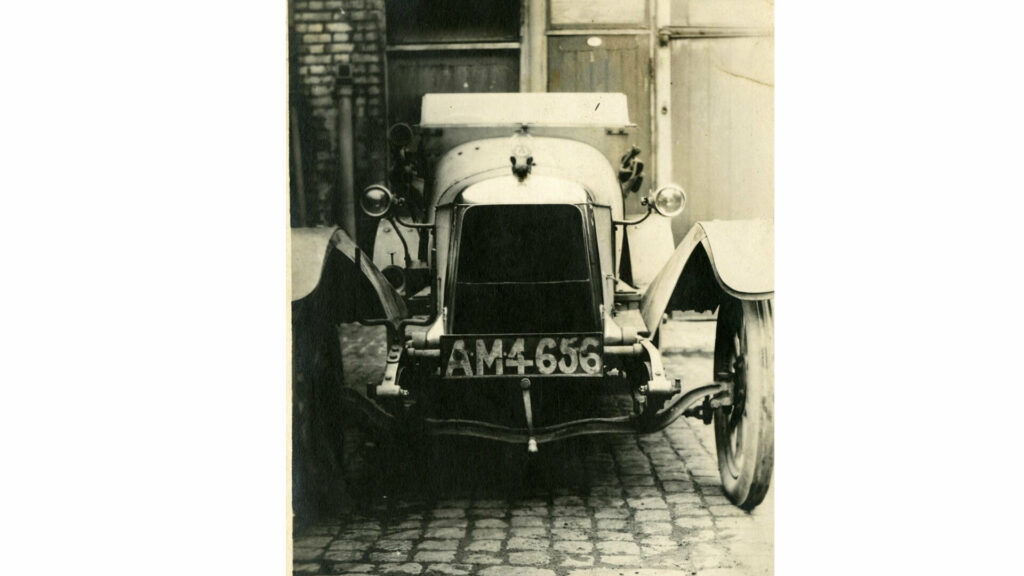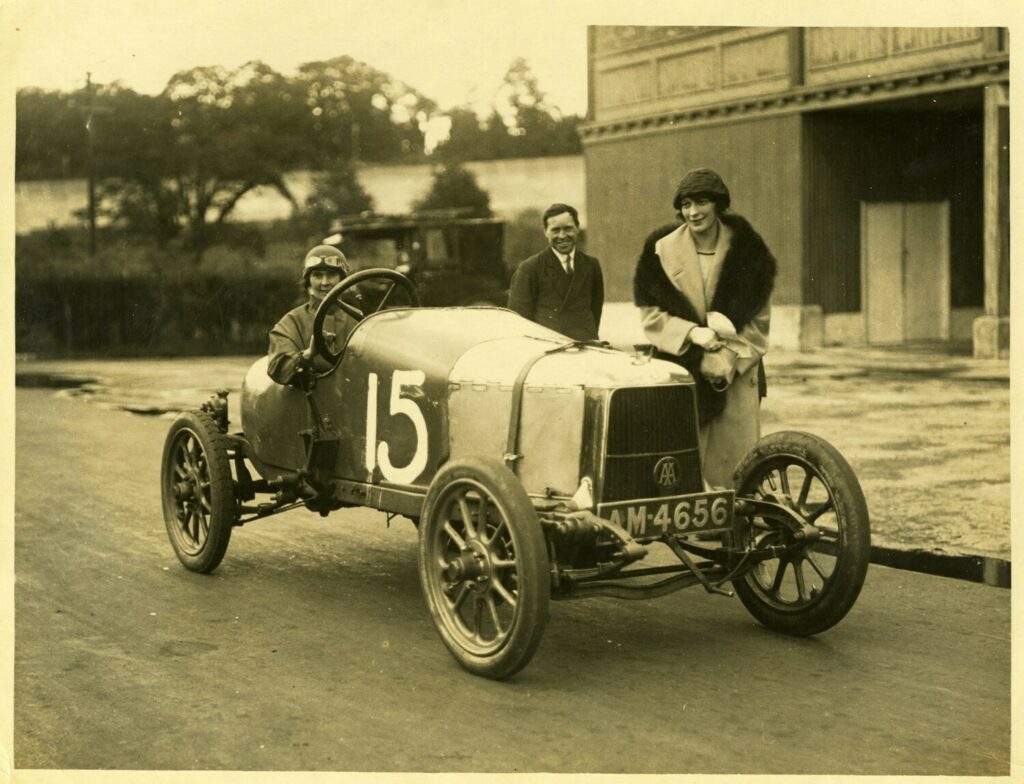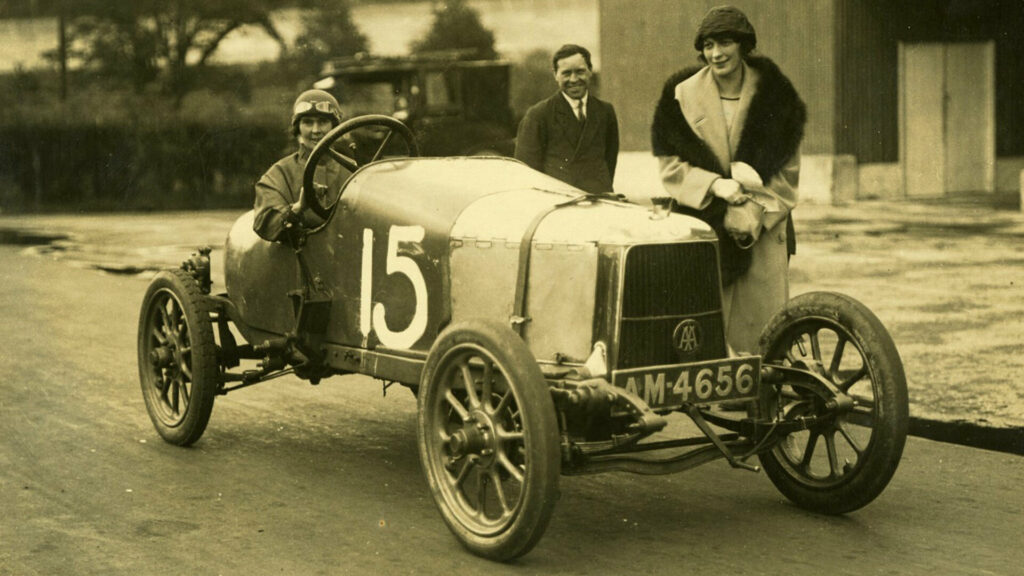- The Aston Martin Heritage Trust has launched a search for the company’s first car, which was built in 1914.
- Aston Martin sold the car in 1924 for £50 and it has been ‘missing’ ever since.
- Identifying the Coal Scuttle could be difficult as it lacked badging and its appearance changed over the years.
Aston Martin is one of the most famous automotive brands in the world, but the fate of their first car remains a mystery. The Aston Martin Heritage Trust is now trying to find the ‘missing’ vehicle.
The car was made in 1914 by a small team of engineers led by Lionel Martin and Robert Bamford. It was nicknamed the “Coal Scuttle” and was envisioned as being a Bugatti rival.
More: Aston Martin Valiant Is A Track-Focused Weapon With A Six-Speed Manual
The car was registered as an Aston Martin in 1915, although it was more of a prototype than anything else. The first World War interrupted its development as Bamford fought in France and eventually left the business.
Despite his departure, work continued on the Coal Scuttle and it entered the London to Edinburgh Trial in 1919. The Trust went on to say the car was “constantly tested and developed throughout the early 1920s, racing at Brooklands and being driven all over the UK – often posing for photos at its stops, including a salmon fishing trip to Loch Awe in Scotland.”

Due to this constant development, the car changed countless times over the years. In particular, photos show the Coal Scuttle used at least two different types of front fenders as well as a variety of lamps and horns. This could make the model difficult to identify and Aston Martin historian Steve Waddingham noted the car lacked external badging.
Despite its historical significance, Aston Martin sold the car for £50 ($65 / £59) in 1924. The Trust says that was a “reasonable amount of money in the mid-1920s, so it is unlikely the car was scrapped at that point, but nothing else is known about its activities after that.”
The possibilities are endless as the model could be sitting in a barn somewhere, perhaps with a new body. Even if the Coal Scuttle was scrapped, parts of it might still exist, but that remains to be seen.





